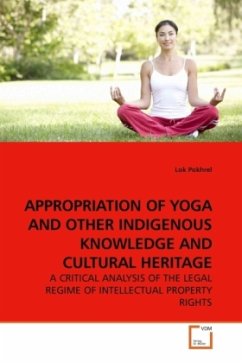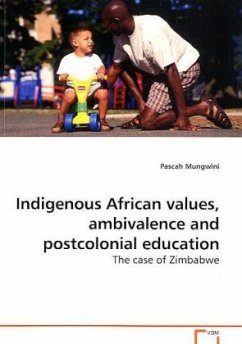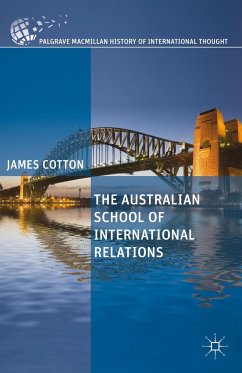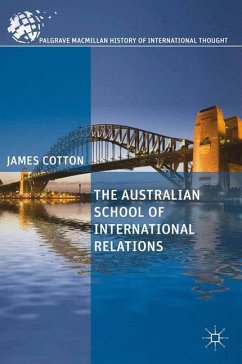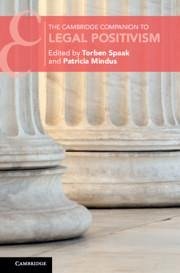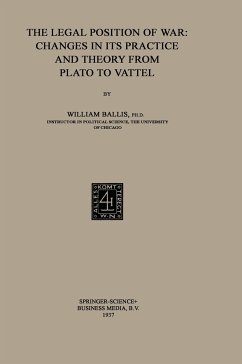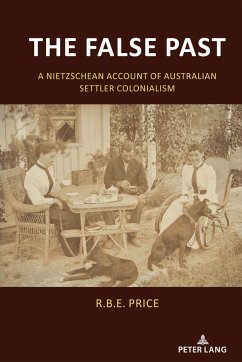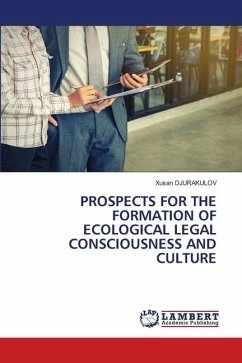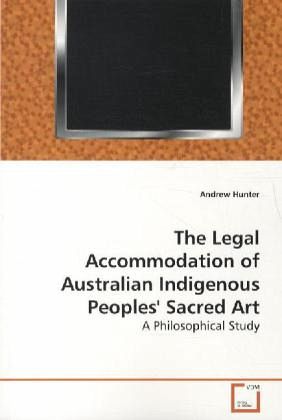
The Legal Accommodation of Australian Indigenous Peoples' Sacred Art
A Philosophical Study
Versandkostenfrei!
Versandfertig in 6-10 Tagen
52,99 €
inkl. MwSt.

PAYBACK Punkte
26 °P sammeln!
Indigenous people have had a few new opportunities of late, in the form of international cultural heritage legislation and particularly of the intangible kind, to protect their living cultures, remains, traditions, heritages and sacred art and objects. Australia is not a signatory to the International Convention on the Safeguarding of Intangible Cultural Heritage. In Australia, Indigenous peoples have been testing, in the courts, tribal claims against the use or misuse of the sacred bequests from their ancestors in the form of inappropriate and unauthorised copying of their art. They have take...
Indigenous people have had a few new opportunities of late, in the form of international cultural heritage legislation and particularly of the intangible kind, to protect their living cultures, remains, traditions, heritages and sacred art and objects. Australia is not a signatory to the International Convention on the Safeguarding of Intangible Cultural Heritage. In Australia, Indigenous peoples have been testing, in the courts, tribal claims against the use or misuse of the sacred bequests from their ancestors in the form of inappropriate and unauthorised copying of their art. They have taken this opportunity to educate non-aboriginal Australians as to their religious culture released as art while demonstrating to the state and the public the limitations copyright law places upon their imaginative but not 'individual creations'. Political theory especially from the Canadian scene is considered for the possibility that it might offer something. The Australian scene is viewed in this light and it is contended that to fail to introduce some suitably sui generis legislation at this point to remedy the shortfall in the law would be a failure of recognition and of justice.



